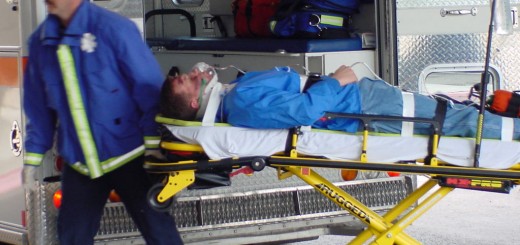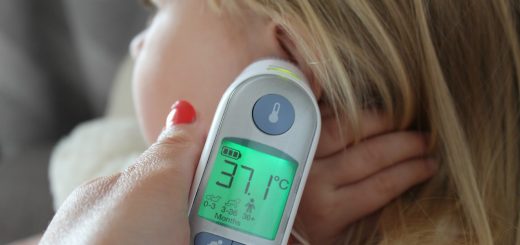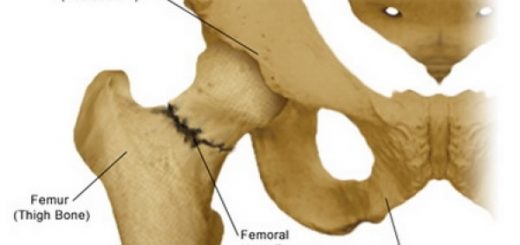Seizures in Young Children and Babies
Disturbances in the brain’s electrical activity cause involuntary muscle spasms and jerky movements known as seizures or convulsions. Seizures are especially common in young children, often occurring during a high fever. Other common causes of seizures include:
- Head injuries
- Drug overdoses or poisoning
- Infections involving the central nervous system, especially meningitis and encephalitis
- Metabolic disturbances, such as severe low blood sugar (hypoglycemia) or an insulin reaction in a person with diabetes
- Heat stroke
- Electrical shock
- Epilepsy, brain tumors and other chronic diseases affecting the brain
Most seizures last only a few seconds, and they are rarely dangerous themselves. However, they may be a sign of a serious underlying illness. And injuries may occur if the child falls against or strikes a sharp or hard object.
Signs and Symptoms of Seizures
- Rigid muscles
- Jerky, twitching movements involving either the entire body or a specific part, such as the limb
- Upward rolling of the eyes
- Bluish facial skin color
- Drooling or foaming at the mouth
- Partial or complete loss of consciousness
- Loss of bowel and bladder control
First Aid Steps for a Seizure
Regardless of the cause, the objective of first aid is to prevent injury to the child during the seizure.
- If the child is sitting or standing, lay him down (preferably on a bed, couch or other padded surface) to prevent falling. Roll the child onto his side to protect the airway if vomiting occurs.
- Move the child away from glass doors, furniture or other objects that she may strike during the seizure.
- DO NOT restrain the child or put anything in the mouth. (Contrary to popular belief, the child cannot “swallow” the tongue during a seizure.)
- After the seizure (which may last two or three minutes), make sure that the child’s airway is open and that she is breathing. It is normal for breathing to slow down or even stop momentarily during a seizure. However, if breathing has stopped, call for immediate emergency help and begin CPR.
- If the child is breathing after the seizure, evaluate the situation to determine if you need medical help. Check for possible injuries, including broken bones.
- Seek emergency care if this is your child’s first seizure, if the seizure lasts more than three or four minutes or if there is a recurrence.
- If immediate medical attention is not needed, allow the child to sleep, but check frequently to make sure that breathing and pulse are normal.
- Seek medical advice promptly for further advice or evaluation, especially if there are other symptoms, such as a high fever.
First Aid Seizure Myths
Contrary to popular belief, in giving first aid to a child (or adult) having a seizure, you SHOULD NOT:
- Try to force anything into his or her mouth.
- Splash water in the face.
- Forcibly restrain the convulsive movements.





